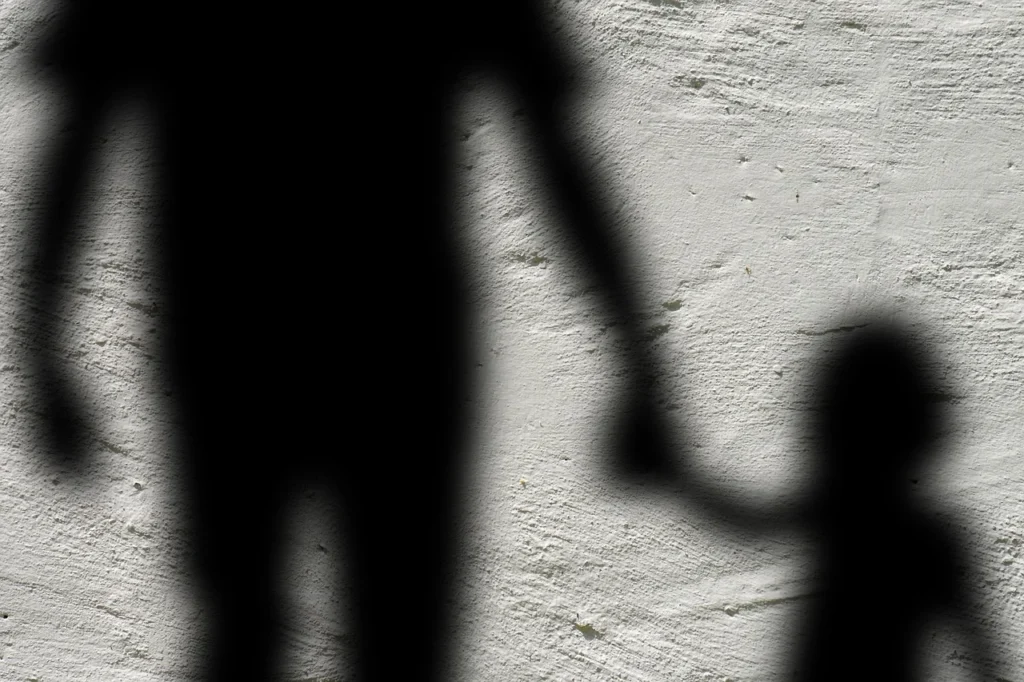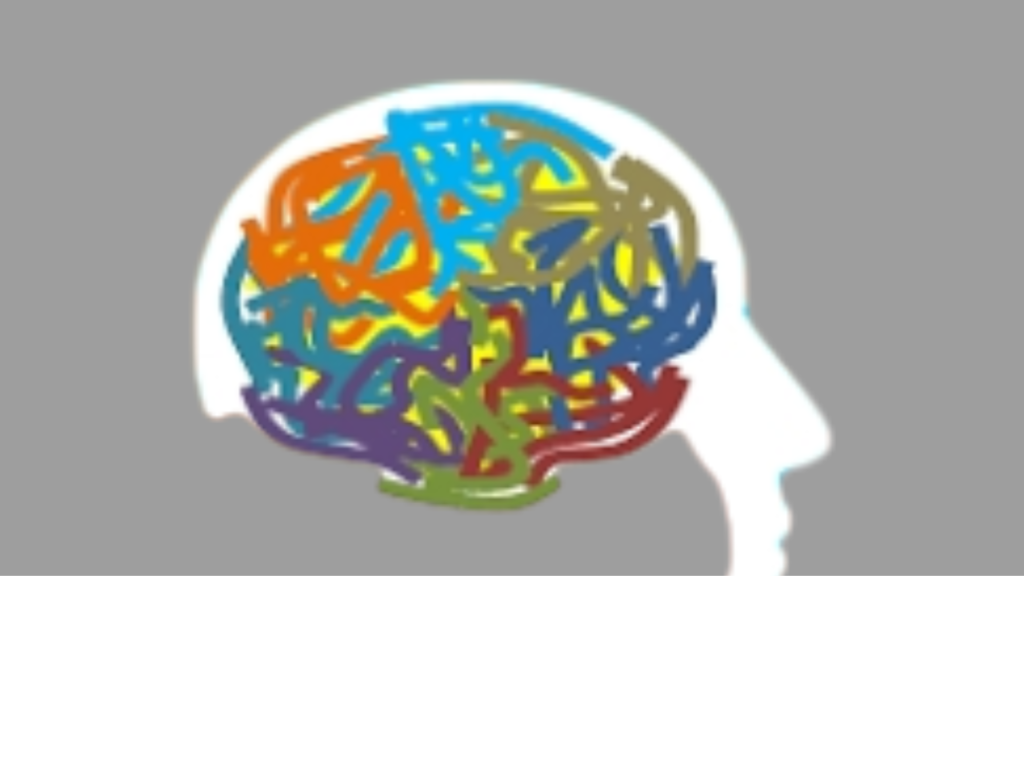Child abuse is serious and critical issue that affect the millions of child in the world causes physical, emotional, and psychological consequences. Child abuse clearance is a essential tool used to ensure that the individual with child don’t have a history of child abuse included teachers and daycare centers. The clearance help to provide a safety environment for children’s in school, day care centers, foster home and other system where about interact child.
This article help to understand the child abuse, its symptoms, importance, process and treatment providing a comprehensive understanding of why they are essential in safeguarding children.
What is child abuse?
Child abuse a behaviour that harms physical, emotionally, sexually and psychologically. The World Health Organization (WHO) defines child maltreatment as “all forms of physical and emotional ill-treatment, sexual abuse, neglect, and exploitation that results in actual or potential harm to the child’s health, development or dignity.”

Child abuse refer to a “wrongfully treated behaviour” that abuse the child and can lead to serious consequences and wellbeing. Child abuse affect the child confidence and damage the personality badly. Of child maltreatment can vary across the sectors of society which deal with the issue, such as child protection agencies, legal and medical communities, public health officials, researchers, practitioners, and child advocates.
Types of child abuse
Physical abuse
Physical abuse refer to injuries this include beating, hitting, burning, kicking, slapping, shaking and physical punishment. Also Physical abuse in children is a serious issue that have long lasting effect on their physical emotional and psychological wellbeing. It can result severe physical injuries and have long term health problems.
The psychologist Alice Miller, noted for her books on child abuse, took the view that humiliations, spankings, and beatings, slaps in the face, etc. are all forms of abuse, because they injure the integrity and dignity of a child, even if their consequences are not visible right away.
Signs of Physical abuse
- Unexplained injuries
- Difficult sleeping
- Nightmare
- Injuries that are in shape
- Fear or avoidance of certain individual
- Absence from work places or school
Consequences of physical abuse
Injuries from physical abuse can cause long term health issues and psychological problems such as brain damaging physical disability and chronic pain. It can also affect the confident level of the child negatively.
Emotional abuse

Emotional abuse also known as psychological abuse effect the emotion and psychological development of the child badly. It can define as any behaviour that can hurt the child emotion such as verbal abuse, rejection, isolation, intimidation, ignoring, threats, insult, bulling and humiliation.
Signs of Emotional abuse
- Fearfulness
- Anxiety
- Aggression
- Withdrawal from social activities
- Withdrawal from relationship
- Acting out behaviour
- Low self-steam and confidence
- Mood swings
- Depression
Consequences of Emotional abuse
Emotional child abuse affect the mental and physical well-being of the child. The continuous anxiety and depression lead to severe psychological problems. Foster in mood swings and lower size team course personality disorder or lead to failure.
Sexual Abuse

Sexual abuse refers to engaging a child in sexual act. It includes a wide range of behaviour from appropriate touch to wrap as well as exploitation through pornography. It is a severe violence that can have lifelong effect on the victim. Violation of physical and emotional boundaries.
Sign of sexual abuse
- Difficult working or sitting
- Regressive behaviour
- Nightmare
- Change in mood and appetite
- Avoidance of people
- Sleeping problem
Consequences of sexual abuse
- Chronic pain
- Learning and academic difficulties
- Self-harm
- Post-traumatic stress disorder
- Feeling of guilt and shame
- Suicidal thought
- Difficulty with emotional regulation
Neglect
Neglect is a form of child abuse that involves the failure to provide a child with basic needs such as food, clothing, hygiene, shelter, love, healthcare, safety, support, guidance and education.
Sign of neglect
- Poor hygiene
- UN attended medical and dental needs
- Absence for work and school
Consequences of neglect
Neglect can lead to serious issue. It include malnutrition, anxiety, and lower self-esteem, acting out aggression, substance abuse, difficult with relationship, criminal behaviour and complex trauma. Naked behaviour have also social issue, attachment problems and causes trust issues.
Causes of child abuse
- Parental factorSubstance abuse, mental health issues, history of Abuse Lake of preventing skills and techniques, and stress can lead to aggressive behaviour or contribute to abusive behaviour.
- Environmental factor property, social isolation, lack of support system, lack of guidance can increase the risk of abuse.
- Child factor children with disabilities, behaviour issue, aur those who are perceived as difficulty may be at risk.
- Situational factor major light changes such as loss of job or other that of our love one can create stress and lead to abusive behaviour.
Prevention Strategies

1. Public Awareness and Education
- Campaigns: Launching public awareness campaigns to educate about the signs of abuse and the importance of early intervention.
- Parenting Classes:Providing classes on child development, positive discipline techniques, and stress management.
- School Programs: Implementing programs in schools to teach children about their rights, personal safety, and how to report abuse.
2. Support Services for Families:
- Home Visiting Programs: Offering home visits by trained professionals to provide support, education, and resources to new parents.
- Family Counseling: Providing counseling services to address family dynamics and improve communication and relationships.
- Respite Care: Offering temporary relief to parents under stress through child care services.
3. Economic Support:
- Financial Assistance: Providing financial support to low-income families to reduce stress related to economic hardship.
- Employment Programs: Creating job training and employment opportunities to help parents achieve financial stability.
4. Community Engagement
Building Support Networks: Encouraging the development of community support systems, such as peer support groups and neighborhood networks.
Strengthening Social Services: Ensuring access to comprehensive social services, including mental health care, substance abuse treatment, and domestic violence shelters.
Intervention Strategies
1. Early Detection and Reporting
- Training for Professionals: Educating teachers, healthcare providers, and social workers on recognizing and reporting signs of abuse.
- Mandatory Reporting Laws: Enforcing laws that require professionals to report suspected child abuse.
2. Protective Services
- Child Protective Services (CPS): Strengthening CPS to respond promptly and effectively to reports of abuse.
- Emergency Interventions: Providing immediate interventions, such as removing the child from a dangerous environment.
3. Therapeutic Interventions
- Counseling and Therapy: Offering individual and family therapy to address trauma and improve family dynamics.
- Support Groups: Creating support groups for survivors of abuse to share experiences and receive emotional support.
4. Legal and Policy Measures
- Stricter Penalties: Enforcing stricter penalties for perpetrators of child abuse.
- Child Advocacy Centers: Establishing centers that coordinate investigation, treatment, and prosecution of child abuse cases.
5. Follow-Up and Support
- Aftercare Services: Providing ongoing support and monitoring to ensure the safety and well-being of the child and family.
- Reunification Programs: Implementing programs that support the safe reunification of children
Some other Prevention and interventions techniques

Education and awareness
Rising awareness about the sign and symptoms or effect of child abuse in crucial for prevention. Educating parents, care giver, and public about positive parenting techniques and stress management can reduce the incident of abuse.
Support service
Support service such as counseling parenting classes and financial assistance can help to manage the stress that lead to child abuse. Community program and resources are vital in supporting at risk families.
Reporting and legal measures
Mandatory reporting and law require for certain professional suggest teachers, coaches and healthcare workers to report Suspected child abuse. Legal measurement including productive orders and criminal prosecutions are essential, for protecting child from abusers.
Therapeutic inventions
Thematic inventions for both child and families can help address the effect and prevention of child abuse therapy can provide a safe space e for children to express there experience and develop copying mechanism. Also help to recover the child affected with abusive behaviour.
Conclusion
Child abuse is multifaceted issue that require comprehensive strategies to prevent and address understanding the different form of abuse, recognition the sign and taking appropriate action to prevent their child. Society must your purities the safety and well-being of children ensuring the physical, emotional and mental development.



